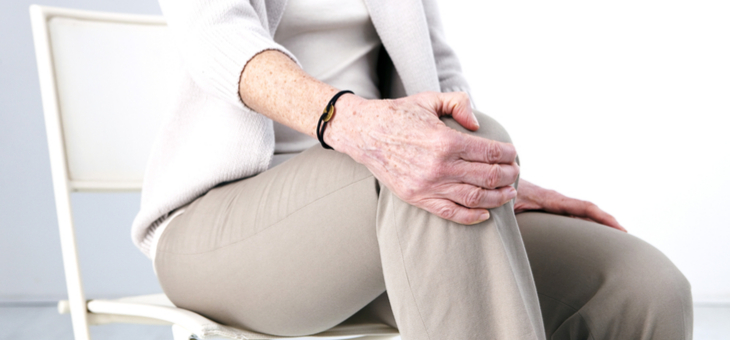The recommended treatments for osteoarthritis (OA), which affects about 60 per cent of Australians aged over 55, is set to undergo a radical change.
Surgery, opioids, glucosamine, stem cell therapy, insoles and acupuncture are out and regular exercise, weight management and cognitive behavioural therapy (CBT) are in.
These are the recommendations in a new report from the Royal Australian College of General Practitioners (RACGP).
As the population ages and obesity rates continue to rise, the number of Australians with OA is expected to jump from the 2.2 million in 2015 to almost 3.1 million in 2030, according to the Guideline for the management of knee and hip osteoarthritis. It says direct healthcare costs for OA were about $2.1 billion in 2015, but that will rise to $2.9 billion by 2030. It puts the “broader economic costs” at about $22 billion annually.
The report strongly warns against surgeries such as arthroscopies and cartilage repairs, unless there is evidence of a “locked knee”. It says there is mounting evidence that these surgeries are “at best placebo and at worst put patients at risk of serious complications”.
It also says complementary and alternative therapies, including glucosamine, vitamin D, acupuncture and electrotherapy, “should not be offered” and gave therapeutic ultrasound and shockwave, laser and cold therapies only “conditional” support.
In its uncertain category are tailored footwear, bisphosphonates, anti-nerve growth factor and omega 3 fatty acids. It says it can make no recommendations for collagen, avocado, soybean, pine bark extract and turmeric.
OA is a chronic disease that mainly affects the knees, hips and hands. It occurs when the cartilage – the protective layer that covers the ends of bones – wears down. When there isn’t enough cartilage at the joints and the bones rub against each other, it causes pain and limits the range of motion.
RACGP president-elect Dr Harry Nespolon told The Age that exercise is now the “front-runner” ahead of surgeries and medications.
For all people with knee OA, no matter what age, the report strongly recommends land-based exercise, particularly walking, muscle-strengthening exercises and Tai Chi, as well as stationary cycling and hatha yoga.
It also recommends land-based exercise for sufferers with hip OA, but says “the type of exercise that is most beneficial is not yet known”.
People with OA who are overweight should follow their doctor’s guidelines, it says, but aim to lose a minimum of five to 7.5 per cent of their body weight.
The report took aim at costly imaging – in particular ultrasound, MRI and CT scans – which it said were not needed to diagnose OA. It recommends imaging only if OA affects a person very quickly or gets worse very quickly.
“OA is a really hard and terrible illness for people to have,” Dr Nespolon says.
“The problem is most of the treatments we’ve got are pretty poor, so naturally people go looking for any treatment that might help. But really they’d be better off spending their money on something else.
“Glucosamine is a classic example. People take it year after year, but there’s no good evidence that it changes the course of OA.”
If you have OA, does this report encourage you to adopt a different treatment method? Have you already gone down the path of surgery? Was it successful?
Related articles:
Osteoarthritis explained
How to manage OA
Relieving arthritis pain

